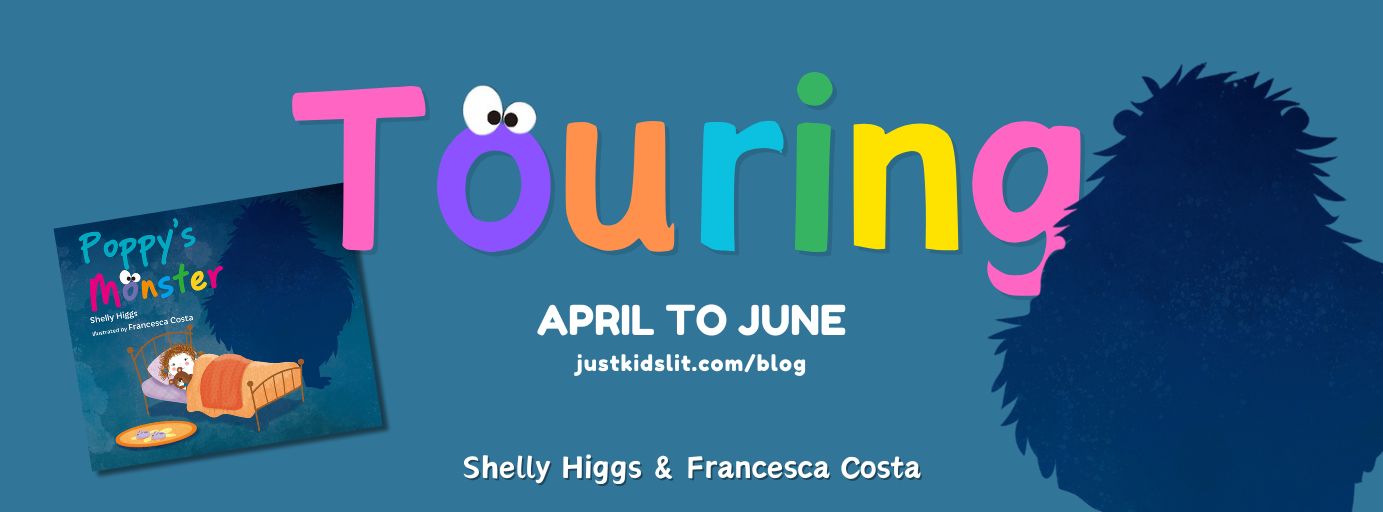With the summer holidays here in Australia fast approaching, we’re going to need some fun boredom busters for the kids, whilst also reiterating the importance of learning through play, and the importance of siblings who get along! It’s a great time to draw on the antics of Jordan and Toby from Two Can Be Trouble by Penny Macoun and Paul Nash with a few educational activities, that will hopefully keep your little ones ‘out of trouble’ over the break!
For ages 5 – 9.
Discussion
Tuning in: Ask students to share a picture of their sibling/s (or cousin or pet if they’re an only child), and discuss their age/s, relationship, similarities and differences in appearance / personality / interests, etc. Students might like to write a poem or letter to one of their siblings.

Look at the cover of Two Can Be Trouble. What do you notice? What does it make you wonder? How do you think these characters are feeling? How does it make you feel? What do you think this book might be about?
After Reading: What was the main problem in the story? Do you think it was resolved? Why or why not?
What was the relationship like between the brothers? Did they get along? Did they work as a team? What happened after they argued? Can you relate to this?
What was your favourite part of the story? Why? What did you find the most humorous, surprising, or interesting?
What did you notice about the illustrations? How did they show how the characters were feeling? What style, technique, or media has the illustrator used?
What backyard games and activities do you enjoy the most?
Activities
Creative Writing
Innovate on any of the following sentence starters to create your own short story, narrative or comic strip text. Be sure to begin with a sizzling start, such as dialogue, onomatopoeia or dive right into the action! Set it out with a beginning, middle and end, and include lots of WOW words. Illustrate.
“Two can be trouble and/but/because/when…”
“Siblings have fun together…”
“My backyard is where…”
Pegs on a Line
Using pegs on a washing line or a piece of string, you might like to try the following activities:
- Create a number line with numbered cards pegged along the line. These can be used for counting, skip counting, doubling and operations, hitting the target with a ball or water spray bottle, challenging your partner to find a given number of treasures as per the chosen number card, etc.
- Make a list of words and peg them on the line. For example, words beginning with ‘T’, names of items found in the backyard, family members’ names, etc. You could also draw pictures and peg the matching word to the picture.
- Play, ‘how fast can you clip the pegs on the line?’ game! Each player has the same number of pegs to clip to the line. Whoever clips them all first wins. Or, try a ‘beat the clock’ race to clip all the pegs to the line before the timer runs out. Extra challenge: Peg a pile of clothes to the line in the fastest time possible!
Science Experiment – Make Your Own Quicksand
Just like Jordan, you can make your own amazing quicksand (without causing too much chaos!).
You will need:
- 1 cup of maize cornflour
- Half a cup of water
- A large plastic container
- A spoon
Mix the cornflour and water to make the quicksand, and experiment with stirring it slowly for a liquid consistency, and stirring it quickly to make it hard.
Why does this happen? When stirred quickly, the cornflour grains become mixed and therefore won’t allow water to slide between them. The water can make it runny when stirred slowly and the grains are not compacted. Real quicksand works the same way!
Sand Art
Create cool sand art, first by drawing a picture on a piece of paper. You might like to create a t-shirt design or a picture of a creative sandcastle. Only outline the picture with black marker.
Next, using fine sand and colourful dyes, make a range of sand colours and pour into separate small bottles.
Place glue in each part of your design, one section at a time, and pour the desired coloured sand onto the glued section of the picture. Continue until all the parts of the picture are covered in coloured sand. Shake off excess sand, and allow to dry. Your sand art is complete! Hang up to display.
*Teaching notes prepared by Romi Sharp. Two Can Be Trouble is written by Penny Macoun, illustrated by Paul Nash, published by Macoun Publications.
#literacy #mathematics #science #visualarts
LOOKING FOR TROUBLE?! It’s the TWO CAN BE TROUBLE #BOOKGIVEAWAY!
Click here for details on how to ENTER to WIN a SIGNED COPY of Two Can Be Trouble by Penny Macoun!
Enter via Facebook or Instagram on the #BookGiveaway post with any comment for a chance to WIN!
Please find Penny Macoun at her website: HOME | Penny Macoun Author and on Facebook | Instagram and YouTube.
Two Can Be Trouble is available for purchase from Macoun Publications.
Illustrator Paul Nash can be found at his website: Paul Nash illustrations (nashyart.com) and on Facebook and Instagram.
Join in the fun antics with Penny Macoun and her mischievous tale, Two Can Be Trouble, splashing chaos to readers across the blogosphere!

#twocanbetrouble #siblingrivalry #teamwork #picturebooks #justkidslit
For book marketing enquiries please contact info.booksontour@gmail.com





















